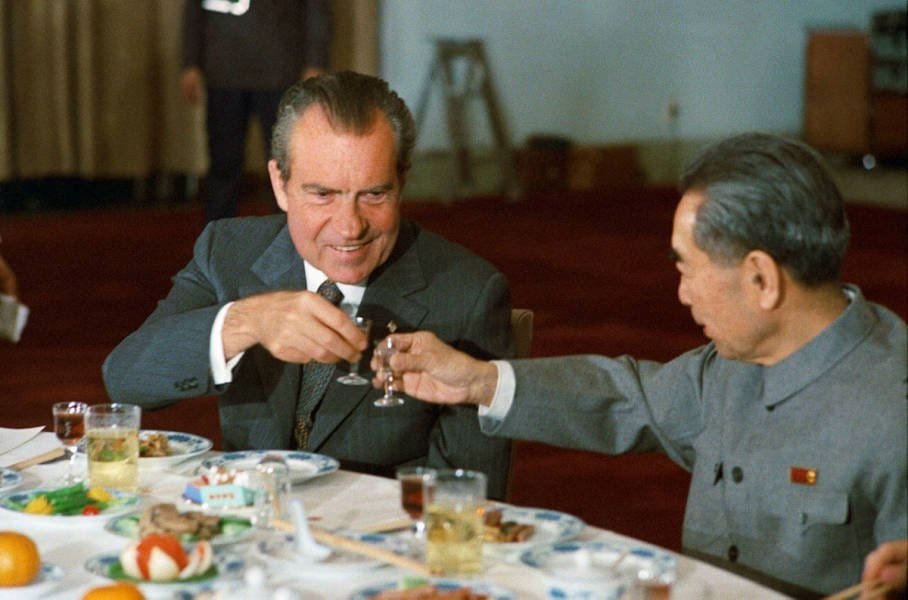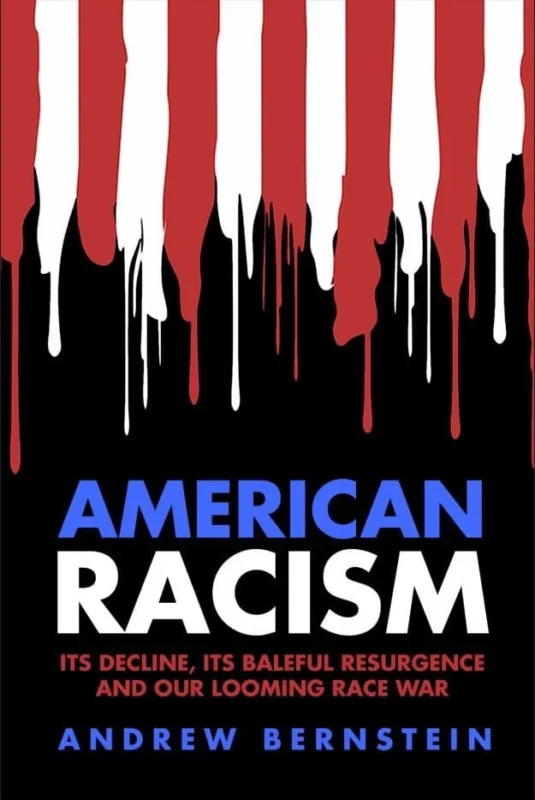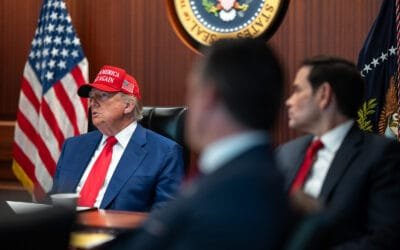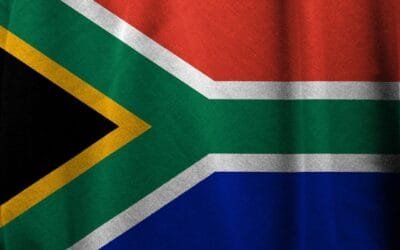“I was born in a house my father built.” So said Richard Nixon (1913-1994) about his birthplace in Orange County, California. A recent visit to the home, located on the grounds of the Richard Nixon Presidential Library and Museum, and museum (which opened in 1990 with a library run by the United States government), was interesting, informative and, befitting his presidency, rather sad. That’s because the place is obviously strapped for cash. The lobby is large, empty and unwelcoming. One pays for admission in, and enters through, the gift shop, where a lone twentysomething with long sideburns printed tickets which no one took and motioned to an older docent who kindly answered logistical questions and waved our party through. Thus began an outing at the museum and library for the nation’s disgraced 37th president.
Here, we learn that Richard Nixon’s paternal great-grandfather, George Nixon 3rd, was wounded at the Battle of Gettysburg during the Civil War, that young Richard, known as Nick in high school, wanted to be a railroad engineer, that he attended Duke University Law School on scholarship, married in Riverside, California, and worked as a bureaucrat for the rationing coordinating section of the Office of Price Administration. As a Quaker, Nixon could have obtained a draft deferment during World War 2, but after the Japanese bombed Hawaii, he decided he could not sit back while his country was being attacked. The lieutenant commander in the United States Navy went on to become a congressman, U.S. senator, and vice-president to Dwight Eisenhower. Richard Nixon was elected president against Hubert Humphrey in 1968, when the nation was in turmoil, and he was re-elected by a landslide in 1972. Throughout the self-guided tour, museum exhibits recall the last American president before the rise of the New Left.
Richard Nixon’s maiden speech in the House of Representatives was a presentation of a contempt of Congress citation against Gerhart Eisler, a man identified as the top Communist agitator in the United States who eventually fled the country and became director of propaganda for the Soviets’ East German dictatorship. In the speech, Nixon spoke for only ten minutes and concluded: “It is essential as members of this House that we defend vigilantly the fundamental rights of freedom of speech and freedom of the press but we must bear in mind that the right to free speech and free press do not carry with them the right to advocate the destruction of the very government which protects the freedom of an individual to express his views.” Nixon was against outlawing the Communist Party in the United States because he thought it would drive Communists, who had infiltrated the highest levels of our government and Hollywood, underground, making it harder to find them. As a legislator, Nixon was among the first to suspect State Department diplomat and United Nations Secretary General Alger Hiss as a Communist spy, which was strongly supported by the declassified Venona Project papers. Harvard Law School graduate Hiss, who had been a law clerk for Supreme Court Justice Oliver Wendell Holmes, was convicted of perjury. The Hiss affair had vindicated the young California congressman.
The famous Chicago television presidential debate between candidate Sen. Richard Nixon and Sen. John Kennedy on September 26, 1960, is on display here in its entirety. In the black and white appearance, Mr. Nixon talked reassuringly about how the Republicans were not “extreme” on issues related to health, education and welfare (did he have that right!) and in general he was halting and unconvincing. Sen. Kennedy, who sounds like President Obama in advocating redistribution of wealth, appears as if he is listening to his opponent, but it’s clear that he isn’t. Other parts of the exhibition include displays on President Nixon in Communist China and at the Berlin Wall, which President Nixon visited in 1969.
In the most relevant section, there are panels on the nation’s anti-American and anti-war protests, gatherings and violent mob actions. A timeline features the facts of what happened in 1970 at Kent State University in Kent, Ohio, where the Hippies, not all of whom were college students, were protesting the bombing of Cambodia and stopping motorists, breaking windows, and setting an Army recruiting office building on fire. When firemen tried to put the flames out, the Hippies cut the fire hoses. Then, there was a bomb threat. For days, the Hippies broke the law and ran wild. Ohio Governor James Rhodes had promised to “employ every force of law under our authority” to end the disturbances led by protesters he described as “worse than the brownshirts and the Communist element and also the night riders and the vigilantes. They are the worse type of people we harbor in America.” After Ohio National Guardsmen dispatched to the scene were struck by stones and rocks, there was a burst of gunfire that killed four unarmed students and wounded nine others. The 1970 Kent State shootings, widely regarded as the fault of the National Guardsmen, influenced federal, state and local law enforcement riot response for decades and shaped how, and whether, police respond to (including whether they stop) riots and crimes in progress to this day.
The Nixon Library and Museum is filled with historical material relevant to our times, though its presentation is often lacking. There’s Mr. Nixon’s Silent Majority speech, featured on a TV set on the floor, making it difficult to watch. Some of the printed material is posted too high or too low from adult eye level, or set too far back inside a display case, and some of it’s printed in red ink making it a challenge to read. The gift display for the shop’s “What Would Nixon Do?” merchandise (pictured at right) is in questionable taste in a government-sponsored operation about the life, presidency and administration of the only American president to resign. But there is an abundance of content, from a Watergate scandal section to the house, presidential limousine, returned to the Ford Motor Company in 1978 and on display, and the helicopter which carried Mr. and Mrs. Nixon off the White House lawn after he quit in 1974.
The Nixon presidency, which lasted just over five years, had better moments, and those, too, are featured. The President’s May 24, 1973, dinner for U.S. prisoners of war back home from North Vietnam was at that point the largest sit-down dinner at the White House. There were hundreds of liberated POWs and their families. According to this exhibit, one guest, actor John Wayne, simply said, “Thank you, Mr. President. Not for any one thing. Just for everything.” Composer Irving Berlin led the guests in singing his song, “God Bless America.” And the Vietnam War soldiers are well-remembered; one section shows that Commander Eugene G. “Red” McDaniel took 900 lashes with a fanbelt over 15 days and was forced by the Communists to hold his broken arm over his head for five days. Asked, during these torture sessions, for military information, he replied again and again: “Shove it.” Another prisoner was hung by his broken arm until he agreed to a staged propaganda meeting with the anti-war activist Ramsey Clark. Upon returning from his “fact-finding” visit, Clark assured Congress that American prisoners were being well treated. Yet another soldier had an arm and a leg broken for refusing to meet with Hippie activist Jane Fonda during her propaganda visit to enemy territory in Hanoi, North Vietnam. She later branded those who claimed they were being tortured as “liars.” During the visit to this section, I met two Army soldiers visiting the museum in uniform (the museum offers a discount for those in active military service). One soldier told me that he’d worn a POW bracelet for a friend who never came back from North Vietnam.
Areas include Pat Nixon, Ambassador of Goodwill, a tribute to Mr. Nixon’s wife. A domestic policy section shows that President Nixon established the Environmental Protection Agency (EPA) in 1970, signed the enviromentalist Clean Air Act of 1970 and proposed new programs in socialized medicine in 1971. I didn’t see references to his other, numerous acts of anti-capitalism, whether wage and price controls, which were devastating to the economy, his racial quotas and special government programs based on race, or his abandoning the gold standard. There is a brief reference without name to his infamous compromise with Sen. Edward Kennedy, the HMO Act of 1973, described here as “promoting development [by force] of health maintenance organizations, arrangements that stressed keeping people well at lower overall costs than simply treating them once they are sick.” What a nice, if misleading, definition of the government intervention that distorted an already half-socialized medical profession and arguably drove the nail into the coffin of free choice in medicine. Other items on display include a letter to President Nixon from baseball player Jackie Robinson in favor of government-controlled public school transportation based on race. On the other side of the glass case: a handwritten note signed by Elvis, sent via Sen. George Murphy, to Mr. Nixon offering help with the Nixon administration’s so-called war on drugs (the penmanship is shaky at best). Around a few corners is an obsequiously inscribed edition of Profiles in Courage, given to then-Vice-President Nixon in 1956. It reads: “To Dick Nixon with the highest regards of his friend Jack Kennedy.”
The helicopter is located far from the museum, behind the house, and there are few if any signs on the property to help visitors navigate the grounds. A tour guide instructed us that the Sikorsky flying machine was manned by a crew of three: the pilot, co-pilot, and flight engineer. The all-original interior features shag carpeting, with olive green and gold seat fabrics, and it was known as Army One when the President was on board, including the day he and Pat Nixon left the White House to President Gerald Ford and First Lady Betty Ford.
But long before he left the White House in disgrace, having imposed major new government controls, lowered the voting age and ended the military draft, Richard Nixon had been a promising young lawyer, anti-Communist legislator and statesman and a visit to his birthplace traces his entire lifetime. The Nixon family had moved from Yorba Linda, California, where the home, library and museum are located, to Whittier, California, in 1922. Mr. Nixon wrote: “Three words describe my life in Whittier: family, church and school.” He grew up talking about politics around the dinner table and he survived two brothers (four Nixon boys shared one small bedroom in the 900-square foot house) who prematurely died. He was on the basketball and football teams at Whittier College, too.
In college, Richard Nixon, a pragmatist with a Puritanical streak, wrote an essay titled “The Philosophy of Christian Reconstruction” that offers a preview of his political philosophy in practice: “The most useful discovery I have made has been that the religion of Jesus is not an entirely personal and selfish religion but that it is a great pattern for social reconstruction. I feel that through the applications of Christian democracy to society the problems which seem insurmountable today can be solved…I have as my ideal the life of Jesus. I know that the social system which He suggested would be a great boon to the world. I believe that His system of values is unsurpassed. It shall be my purpose in life therefore to follow the religion of Jesus as well as I can. I feel that I must apply His principles to whatever profession I find myself attached.” In many ways, Mr. Nixon practiced what he preached.
The Richard Nixon Presidential Library and Museum is open daily from 10 am to 5 pm and on Sundays from 11 am to 5 pm and is closed Thanksgiving, Christmas and New Year’s Day.
originally posted on Scott Holleran’s blog on October 31, 2011. Photographs by Scott Holleran.












